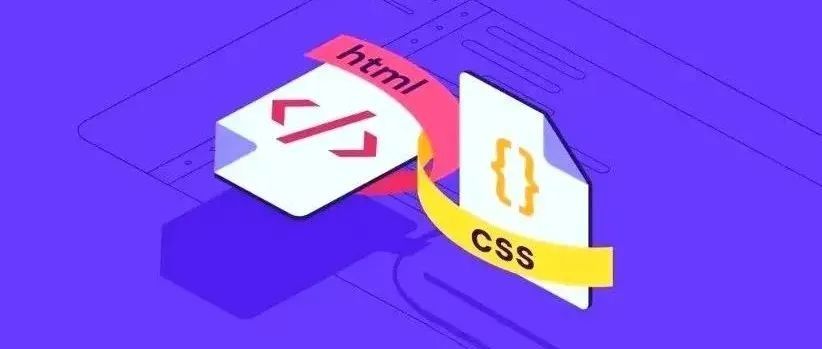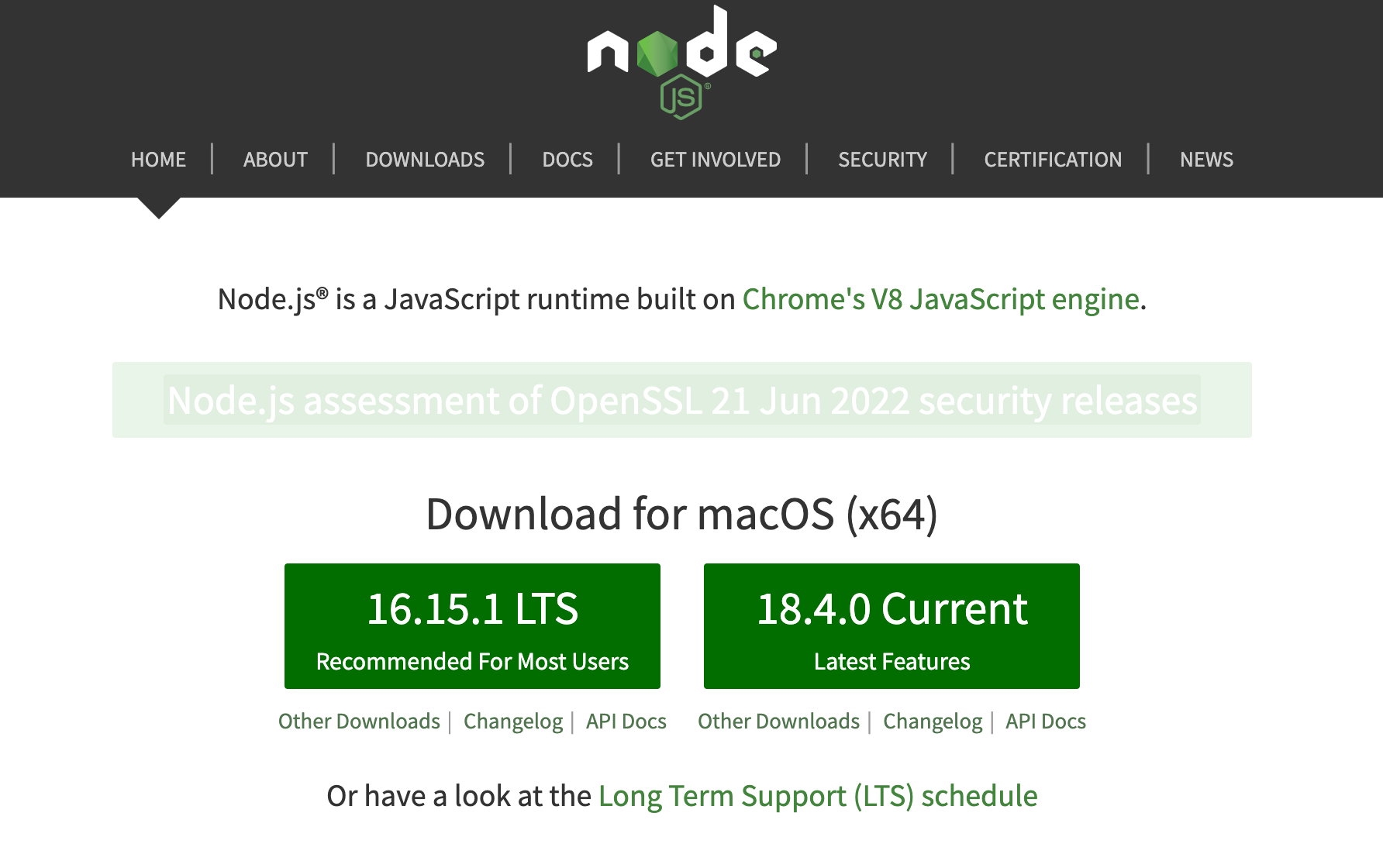这也太可爱了吧
五分钟带你入门基于Nodejs的强大的Web框架— NestJS
简介
Nest 是一个用于构建高效,可扩展的
Node.js服务器端应用程序的框架。在底层,Nest 使用强大的 HTTP Server 框架,如 Express(默认)和 Fastify。Nest 在这些框架之上提供了一定程度的抽象,同时也将其 API 直接暴露给开发人员。这样可以轻松使用每个平台的无数第三方模块。
支持 TypeScript(也支持纯 js 编写代码),默认支持最新的 ES6 等语法和特性(用 babel 做代码转换)。node 版本要求 >= 10.13.0, v13 版本除外。
要了解 Nest ,建议先了解一下装饰器,因为 Nest 里面的方法很多都是以装饰器的方式提供的,下面我简单介绍一下。已经了解的朋友可以跳过~
装饰器
装饰器(Decorator)是一种与类(class)相关的语法,用来注释或修改类和类方法。它是一种函数,写成@ + 函数名的形式。它可以放在类和类方法的定义前面。
@testable
class MyTestableClass {
// ...
}
function testable(target) {
target.isTestable = true;
}
MyTestableClass.isTestable // true
基本上,装饰器的行为就是下面这样。
@decorator
class A {}
// 等同于
class A {}
A = decorator(A) || A;
也就是说,装饰器是一个对类进行处理的函数。装饰器函数的第一个参数,就是所要装饰的目标类。
注意点
装饰器对类的行为的改变,是代码编译时发生的,而不是在运行时。这意味着,装饰器能在编译阶段运行代码。也就是说,装饰器本质就是编译时执行的函数。 装饰器只能用于类和类的方法,不能用于函数,因为存在函数提升。如果一定要装饰函数,可以采用高阶函数的形式直接执行。
Nest 基本介绍
安装使用这里就不说了,可以到官网按照其引导来进行:https://docs.nestjs.com/first-steps。
生成的核心文件结构为:
src
|-app.controller.spec.ts
|-app.controller.ts
|-app.module.ts
|-app.service.ts
|-main.ts
其代表的含义分别为:
| 文件 | 含义 |
|---|---|
| app.controller.spec.ts | 控制器的单元测试 |
| app.controller.ts | 控制器逻辑文件,通常含多个路由 |
| app.module.ts | 应用程序的根模块 |
| app.service.ts | 服务文件 |
| main.ts | 应用程序的入口文件,它是基于NestFactory创建的一个Nest应用程序实例 |
Controller
什么是 Controller?语义化翻译就是 控制器,它负责处理传入的请求并将响应结果返回给客户端。
在 Nest 中,控制器和路由机制是结合在一起的,控制器的目的是接收应用程序的特定请求。其路由机制控制哪个控制器接收哪些请求。通常,每个控制器都有多个路由,不同的路由可以执行不同的操作。
我们通过装饰器 @Controller() 来将一个类定义为控制器,如:
import { Controller } from '@nestjs/common';
@Controller('test')
export class TestController { }
Nest 把各个HTTP的请求方法都封装成了装饰器,如@Get()、@Post()、@Put()、@Patch()、@Delete()、@Options()等,因此我们在实际开发中,可以直接用来装饰对应的请求,比如以下几种路由:
import { Controller, Get, Post, Body, Put, Param, Delete } from '@nestjs/common';
@Controller('test')
export class TestController {
@Post()
async create(@Body() createTestDto: CreateTestDto) {
return 'This action adds a new test';
}
@Delete(':id')
async remove(@Param('id') id) {
return `This action removes a #${id} test`;
}
@Put(':id')
async update(@Param('id') id, @Body() updateTestDto: UpdateTestDto) {
return `This action updates a #${id} test`;
}
@Get(':id')
async findOne(@Param('id') id) {
return `This action returns a #${id} test`;
}
}
Provider
什么是 Provider?语义化翻译就是 提供者,在 Nest 中,除了控制器以外,几乎所有的东西都可以被视为提供者,比如service、repository、factory、helper等等。他们都可以通过构造函数注入依赖关系,也就是说,他们之间可以创建各种关系。而提供者只不过是一个用 @Injectable() 装饰器的简单类。
在类声明上,定义 @Injectable() 装饰器,即可将该类定义为提供者。如:
import { Injectable } from '@nestjs/common';
@Injectable()
export class TestService {
private readonly test: Test[] = [];
async create(createTestDto: CreateTestDto) {
this.test.push(createTestDto);
}
async remove(id: number) {
this.test.splice(test.indexOf(test.find(t => t.id === id)), 1);
}
async update(id: number, updateTestDto: UpdateTestDto) {
if(updateTestDto.name) this.test.find(t => t.id === id).name = updateTestDto.name;
}
async findOne(id: number): Test {
return this.test.find(t => t.id === id);
}
}
Module
Module也是一个装饰器,Nest 使用 Module来组织应用程序结构,每个应用程序至少有一个模块,即根模块。根模块是 Nest 开始排列应用程序树的地方。当应用程序很小时,根模块可能是应用程序中唯一的模块。不过,大多数情况下,都有很多模块,每个模块都有一组与其密切相关的功能。
模块,是用来组织 Controller 和 Provider,为他们在 同模块范围内 建立依赖关系的。比如上面的 Controller 和 Provider,我们建立关系:
import { Module } from '@nestjs/common';
import { TestController } from './test.controller';
import { TestService } from './test.service';
@Module({
controllers: [TestController],
providers: [TestService],
})
export class TestModule {}
只有这样,Nest 才可以在 TestController 中通过其构造函数,依赖注入 TestService,才可以在 controller 中调用 service 服务。
而当不同模块之间的服务需要互相调用时,我们就要在对应的模块之间导出和导入了,例如:
import { Module } from '@nestjs/common';
import { TestController } from './test.controller';
import { TestService } from './test.service';
@Module({
imports: [],
controllers: [TestController],
providers: [TestService],
exports: [TestService]
})
export class TestModule {}
全局模块
如果你必须在很多地方都导入相同的模块,这会出现大量的冗余。但是 Nest 将提供者封装在模块范围内,如果不导入模块,就无法在其他地方使用他们导出的提供者。但是有时候,你可能只是想提供一组随时可用的提供者,例如:helpers、database connection 等等。针对这种特殊情况,Nest 提供了一个很强大的功能 —— 全局模块,全局模块一旦被导入到根模块,在其他所有模块中即可轻松的使用这个全局模块导出的提供者,而且也不用在其他模块导入这个全局模块。
将一个模块定义为全局模块,只需要在类上额外增加一个装饰器 @Global() 即可,示例:
import { Module, Global } from '@nestjs/common';
@Global()
@Module({
imports: [],
controllers: [],
providers: [],
exports: []
})
export class TestModule {}
动态模块
Nest 模块系统有一个称为动态模块的特性。它能够让我们创建可定制的模块,当导入模块并向其传入某些选项参数,这个模块根据这些选项参数来动态的创建不同特性的模块,这种通过导入时传入参数并动态创建模块的特性称为 动态模块。
@Module({})
export class AppModule {
static register(CustomController): DynamicModule {
return {
module: AppModule,
controllers: [CustomController],
providers: [],
exports: [],
};
}
}
NestFactory
在 Nest 中,我们通过在 main 入口中调用 NestFactory.create 来创建 Nest 应用实例,Nest 创建的实例默认是 express 实例。main 入口示例:
import { NestFactory } from "@nestjs/core";
import { AppModule } from "./app.module";
async function bootstrap() {
// 使用 NestFactory 创建一个根模块为 AppModule 的 Nest app
const app = await NestFactory.create(AppModule);
// 将这个 Nest app 监听本地的 3000 端口,即:http://localhost:3000
await app.listen(3000);
}
bootstrap();
Middleware
Middleware 即中间件,它是请求发出者和路由处理器之间的桥梁,可以透明的、轻松的访问请求和响应对象。在 Nest 中,中间件可以有多个,他们之间使用 next() 方法作为连接,连接后的所有中间件将在整个请求-响应周期内通过 next()依次执行。
注:默认情况下,Nest 中间件等同于 Express 中间件。Nest 中间件可以是一个函数,也可以是一个带有
@Injectable()装饰器的类,且该类应该实现 NestMiddleware 接口,而函数没有任何特殊要求。如下简单示例:
// 带有 `@Injectable()` 装饰器的类中间件
import { Injectable, NestMiddleware } from '@nestjs/common';
@Injectable()
export class OAAuthMiddleware implements NestMiddleware {
use(req: Request, res: Response, next: NextFunction) {
console.log('Request...: ', req);
next();
}
}
// 函数中间件
export function OAAuthMiddleware(req, res, next) {
console.log('res: ', res);
next();
}
与Provider和Controller一样,中间件也能够通过构造函数注入属于同一模块的依赖项。
全局中间件使用
为了将中间件一次性绑定到每个注册的路由,我们可以通过 Nest 实例中的 use() 方法使用:
const app = await NestFactory.create(ApplicationModule);
// 这里必须使用函数中间件
app.use(OAAuthMiddleware);
await app.listen(3000);
模块中使用
既然中间件是请求发出者和路由处理器之间的桥梁,那么他就应该在一个模块的入口,即 XXXModule 类中被使用。在 Nest 中,我们只需要在模块类中实现 NestModule 接口:
import { Module, NestModule, MiddlewareConsumer } from '@nestjs/common';
import { OAAuthMiddleware } from './common/middlewares/oAAuthMiddleware.middleware';
import { TestModule } from './test/test.module';
@Module({
imports: [TestModule],
})
export class ApplicationModule implements NestModule {
configure(consumer: MiddlewareConsumer) {
consumer
.apply(OAAuthMiddleware)
.forRoutes('test');
}
}
在上面的例子中,我们为 /test 路由处理器 (@TestController('/test')) 设置了鉴权中间件。如果只需要给 /test 路由中的某几个请求方法设置这个中间件,那只需要改变一下 forRoutes() 方法中的参数即可:forRoutes({ path: 'test', method: RequestMethod.GET }),此时,只有 GET 请求才会被中间件拦截。如果存在很多路由规则,也可以使用通配符来处理。如:
forRoutes({ path: 'ab*cd', method: RequestMethod.ALL })
而当你想排除一个控制器类中的某些路由不使用中间件时,使用 exclude() 方法即可,如:
import { Module, NestModule, MiddlewareConsumer } from '@nestjs/common';
import { OAAuthMiddleware } from './common/middlewares/oAAuthMiddleware.middleware';
import { TestModule } from './test/test.module';
@Module({
imports: [TestModule],
})
export class ApplicationModule implements NestModule {
configure(consumer: MiddlewareConsumer) {
consumer
.apply(OAAuthMiddleware)
.exclude(
{ path: 'test', method: RequestMethod.GET },
)
.forRoutes('test');
}
}
最后
了解了 Nest 的基本概念之后,可以安装@nestjs/cli来体验一下 Nest 项目,这里给大家出个思考题,如何把 Nest 项目抽离为 runtime(Nest框架) + faas(入口文件) 的形式呢?
参考资料
https://www.bookstack.cn/read/es6-3rd/docs-decorator.md https://docs.nestjs.com http://ourjs.com/wiki/view/nestjs/02.controller

















暂无评论